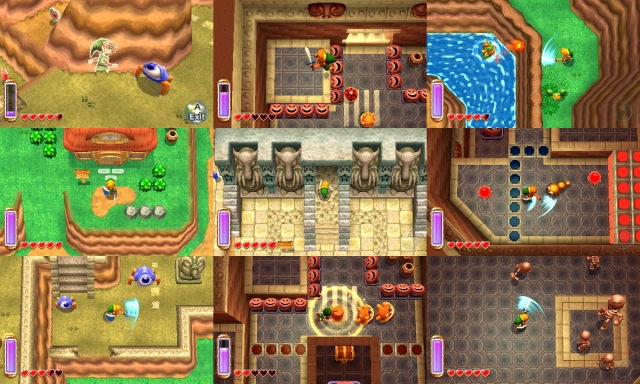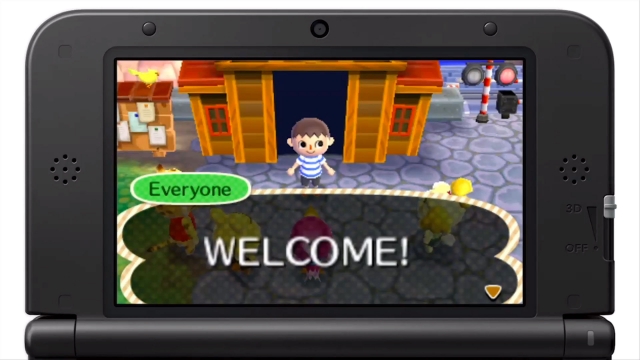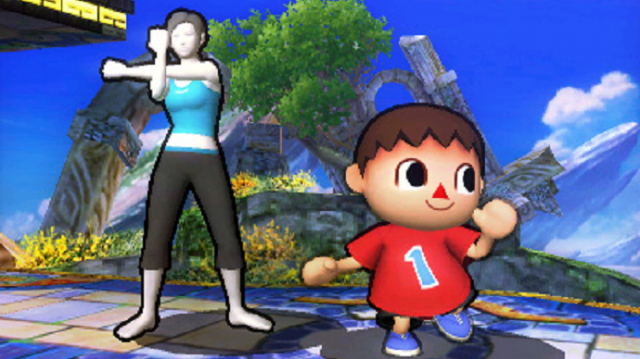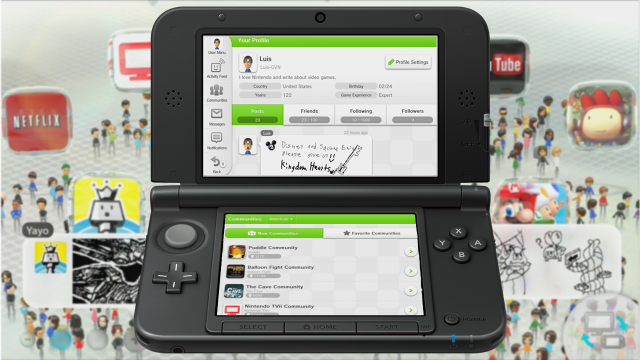
Today's 3DS
It’s bonkers to think that the Nintendo 3DS has been out for almost three years now. I know, right? In the years past we have seen some substantial changes and some truly epic titles; some that could be considered classics such as Zelda: A Link Between Worlds and those that, well, missed the mark slightly such as Pacman Party 3D.
But the 3DS wasn’t always just about the games. Just like many current-generation consoles, the 3DS is a one-device-to-fit-all piece of hardware. The launch titles left much to be desired but even if you didn't have a full game to play, applications manipulated through the console's Streetpass feature kept things fresh and interesting - giving players an encouragement to bring their consoles with them wherever they went.

Streetpass's simplicity lies in its functionality. Any console on standby within reach of another will swap data in just a couple seconds. Character records (such as lap times), unlocked items for a multitude of games, collectible data for every Streetpass designed game, the list goes on. Dozens of game and application data is quickly and easily shared and locally stored for up to ten profiles at once.
The last few months have brought an expansion to this unique feature. New Streetpass games have become available to download, accompanying the ability to unlock ever-popular custom items for your Mii. More games, more reasons to collect Play Coins gained utilising the built-in pedometer to spend advancing in said games. Play coins can now also be used in some retail titles. Animal Crossing: New Leaf allows players to buy seasonal items, only purchased using Play Coins and in Zelda: A Link Between Worlds Play Coins can be used to gain hints on where to go and what to do next.

The retail game library as well as the eShop library has improved drastically since the launch of the 3DS. The original games focused on the 3D 'gimmick' as it's been called, whereas today's releases don't focus as much on this unique feature as much as they do on delivering quality gameplay. Although Pokemon X & Y are the first games in the series to utilise the 3D effect, turning the 3D effect off doesn't detract from the playing experience; this is further proven by the release of the 2DS late last year around the same time as Pokemon X & Y.
The release of the 2DS seemed a silly idea to most and indeed would have been a silly concept if it was released around the time of the original console. Yet Nintendo went ahead and launched it anyway - with good reason. The key original unique selling point when the 3DS was launched, was of course the glasses-free 3D but it wasn’t recommended for children under a certain age to use for the startling reason that it could physically damage their eyesight. That being the case, parental controls could be accessed on the console making it impossible for the 3D feature to be turned on by the conventional slider. With the launch of the 2DS last year, Nintendo has now reached into a wider market. Firstly, it’s a lot cheaper than a brand new 3DS or 3DS XL so it appeals to the budget market. Furthermore, with the possibility of damaged eyesight out the window, it’s made the console appealing to both parents and the new generation of players that would love to play the newly released Pokemon games (launched at the exact same time as the 2DS).

Free games to download have been teased and offered in a very generous fashion from Nintendo. 3DS users have been given the opportunity to get some AAA titles for free through various means. Monster Hunter 3 was one of the those titles, making it accessible by a simple registration of a retail version of the game, offering a full game download code once complete. Registering widely available titles isn’t the only way players have been able to grab some free games. Signing up for Nintendo’s free ID service, Nintendo Network, bringing the 3DS in-line with the Nintendo Wii U’s account system, gives players a free download code for Super Mario Bros. Deluxe.
Miiverse, another free application originally available on the Wii U, arrived on the handheld recently too. The idea is for individual game communities to communicate, share photos and fan art, post questions and polls and discover new games. It’s yet to be seen how popular the feature will be on the handheld but the ability for users to stagger posts, without needing an instant internet connection to share their thoughts and achievements, will go a long way for its functionality and popularity.

So what’s next for Nintendo’s flagship handheld? The game library looks promising with Super Smash Bros. on the horizon as well as dozens of third party titles and indie games to look forward to/brace yourself for, depending on how positive your outlook is. It’s safe to say that with Nintendo’s current financial situation, the console has got legs yet. The original DS reigned for nearly eight years before the current iteration came to light and it will take something quite revolutionary, as is Nintendo’s way of going about things, to knock the 3DS off the top of the handheld ladder.







COMMENTS